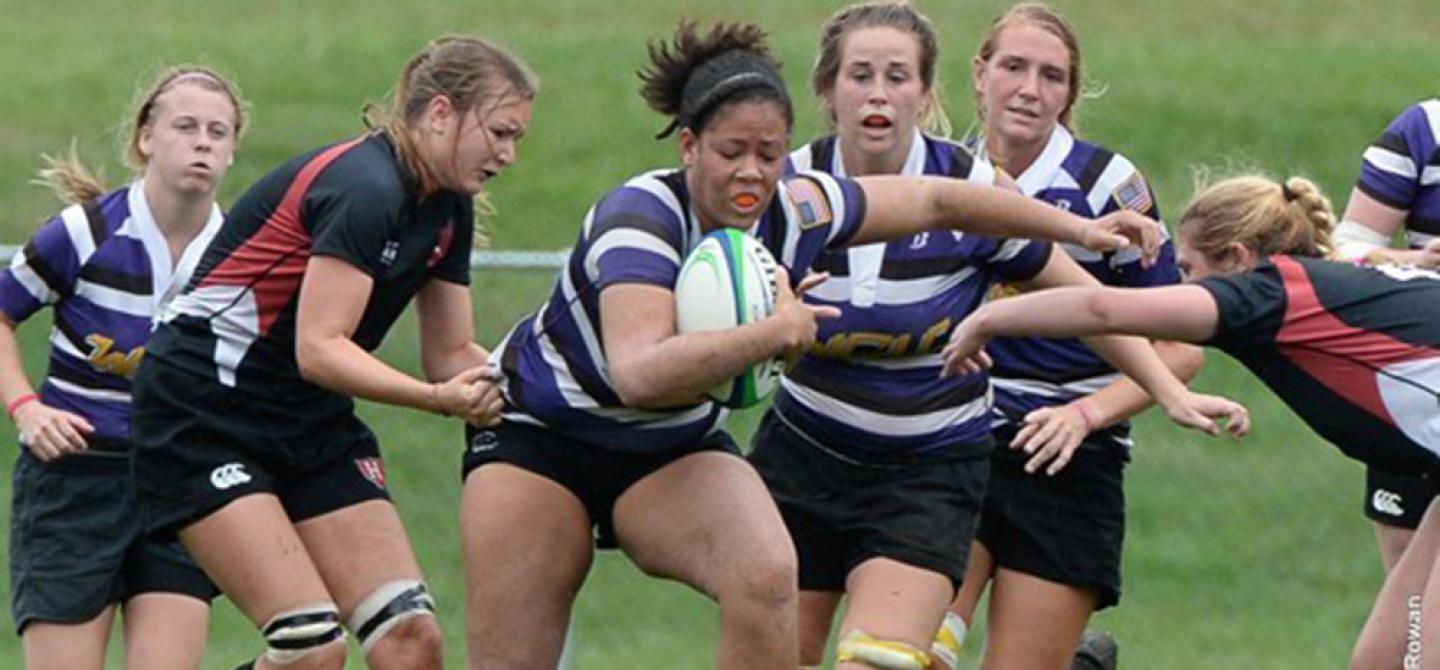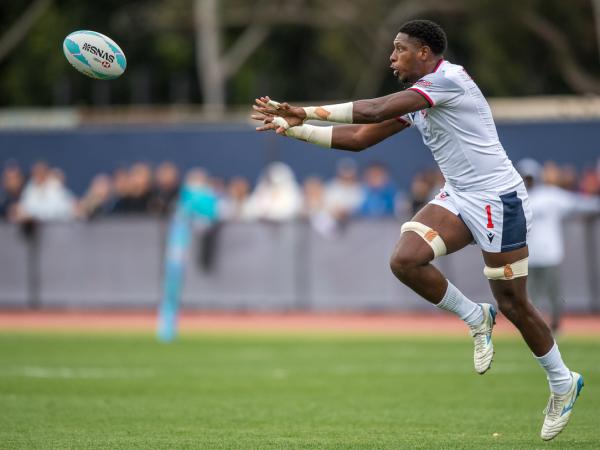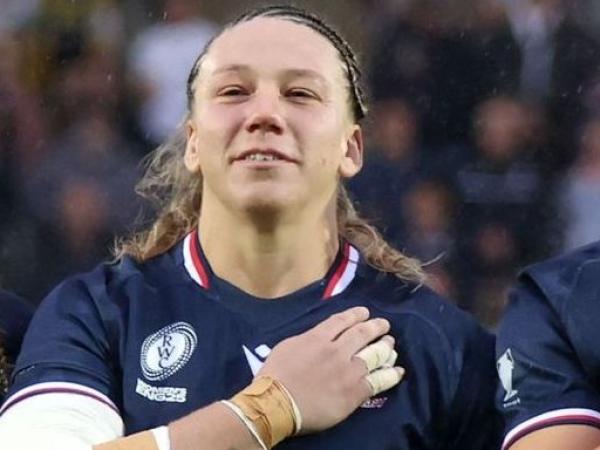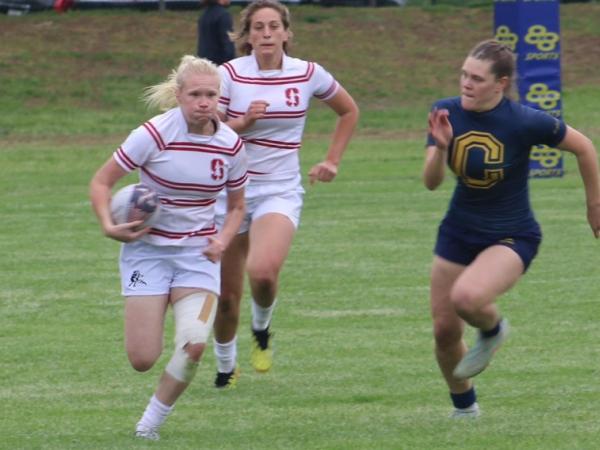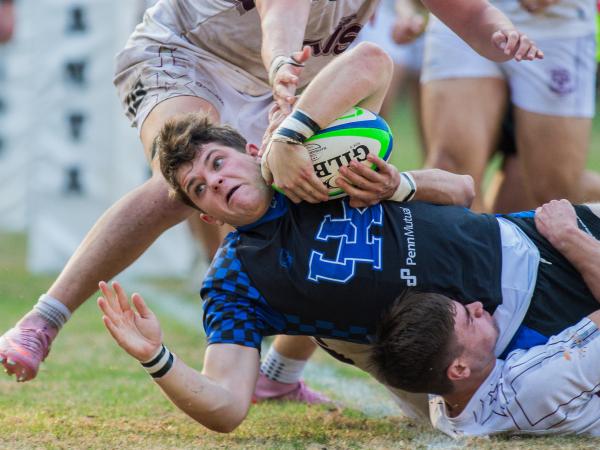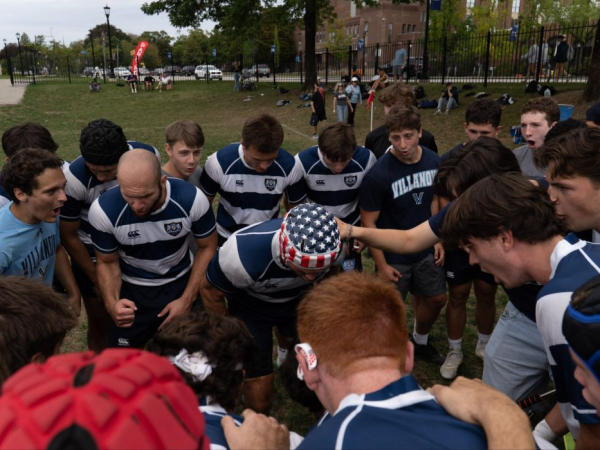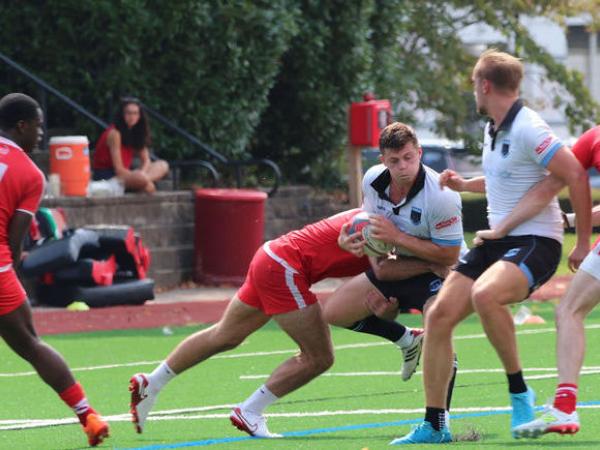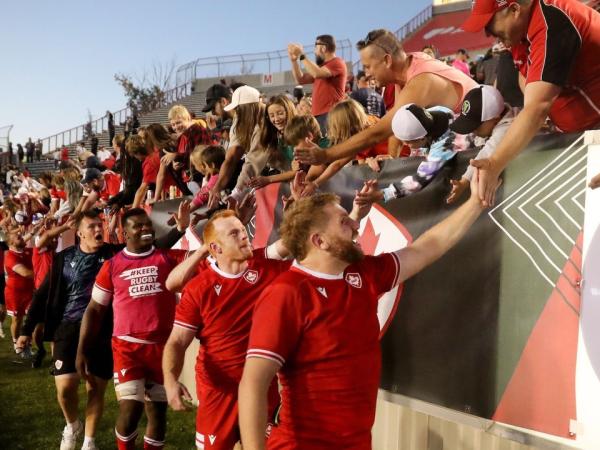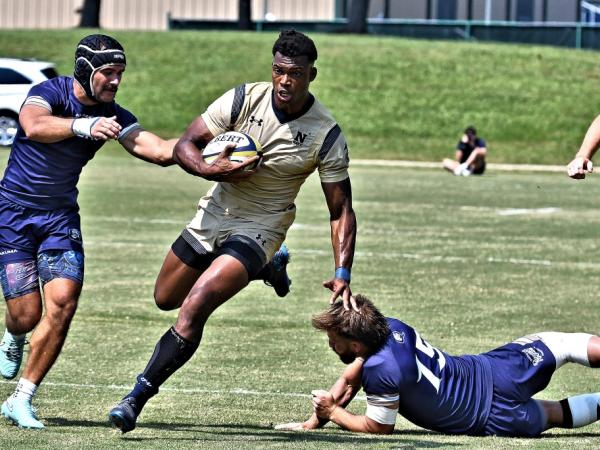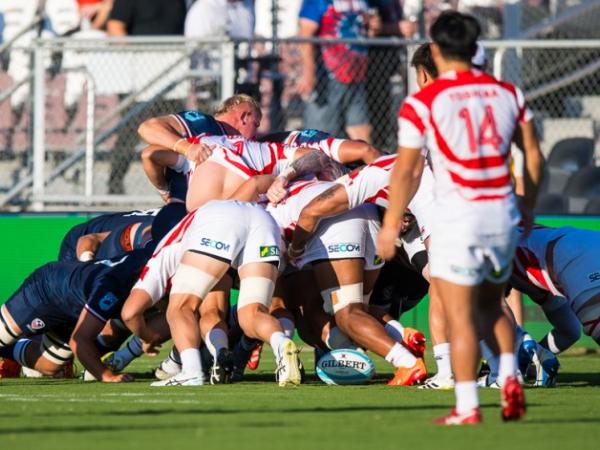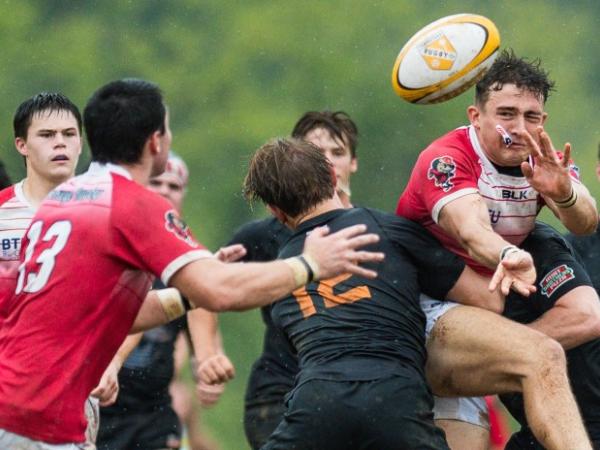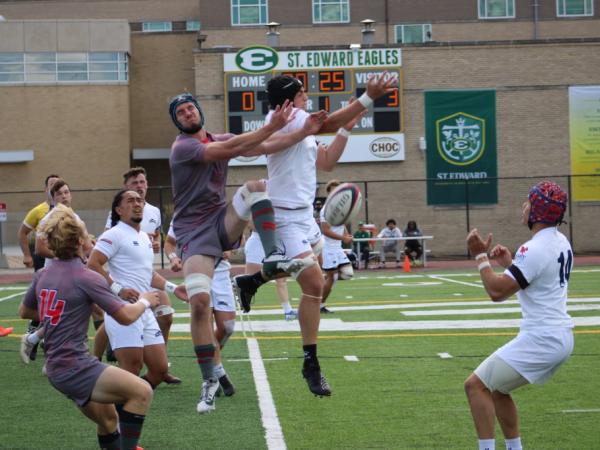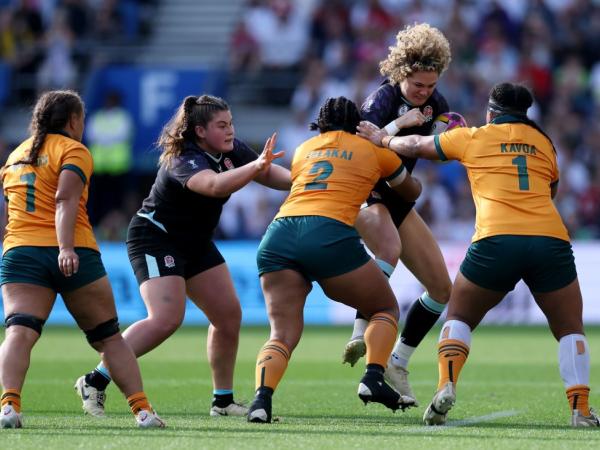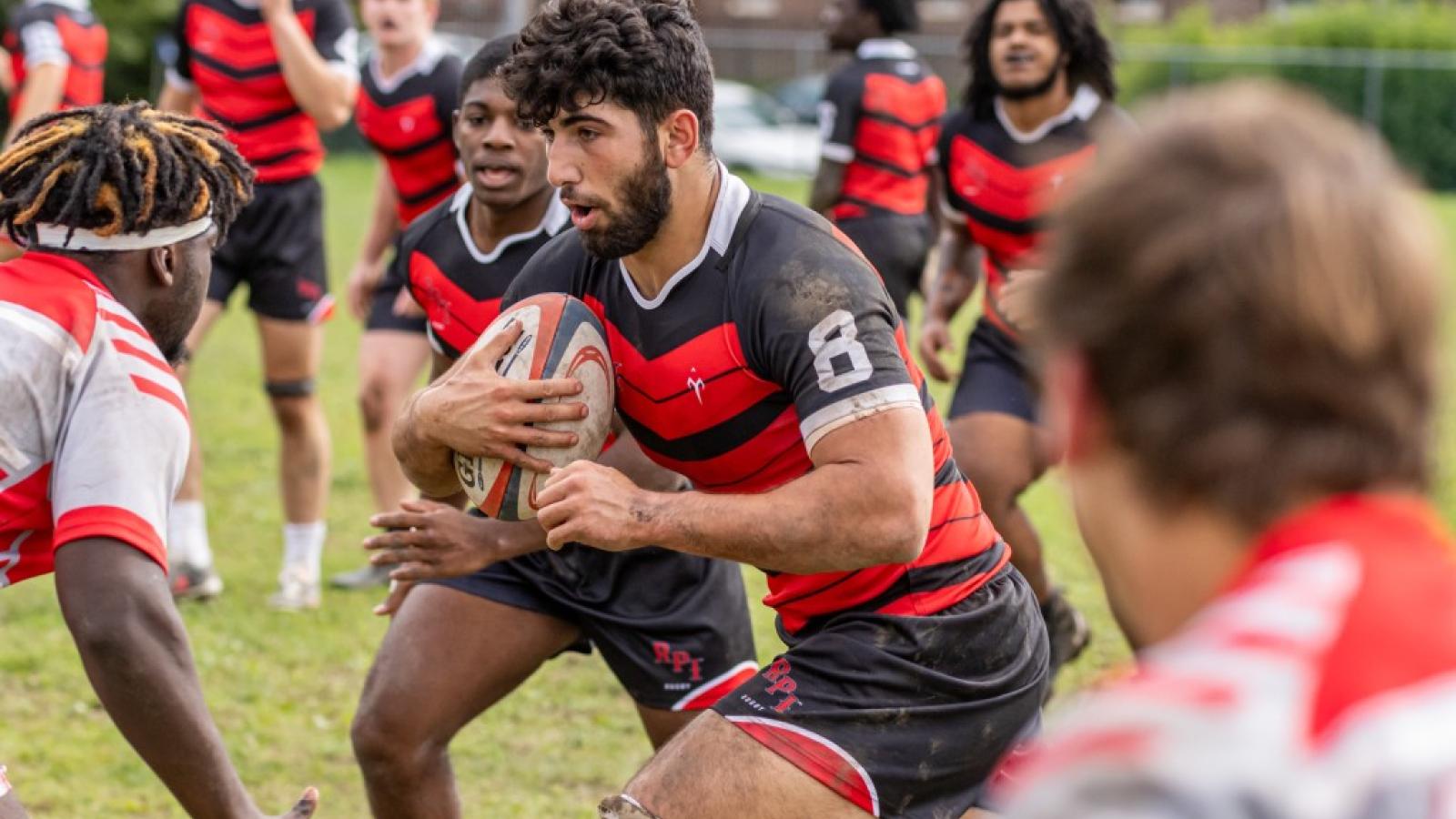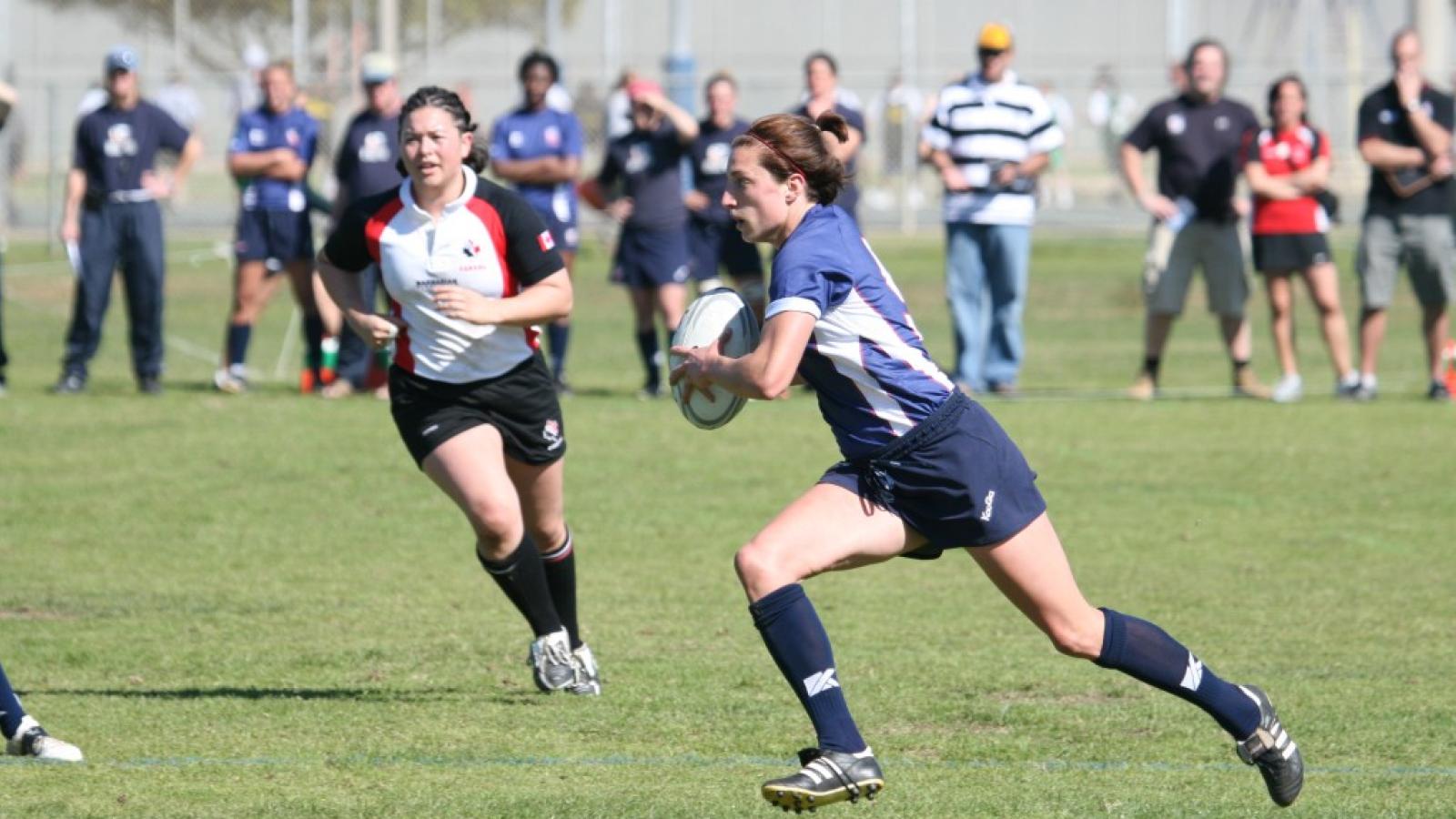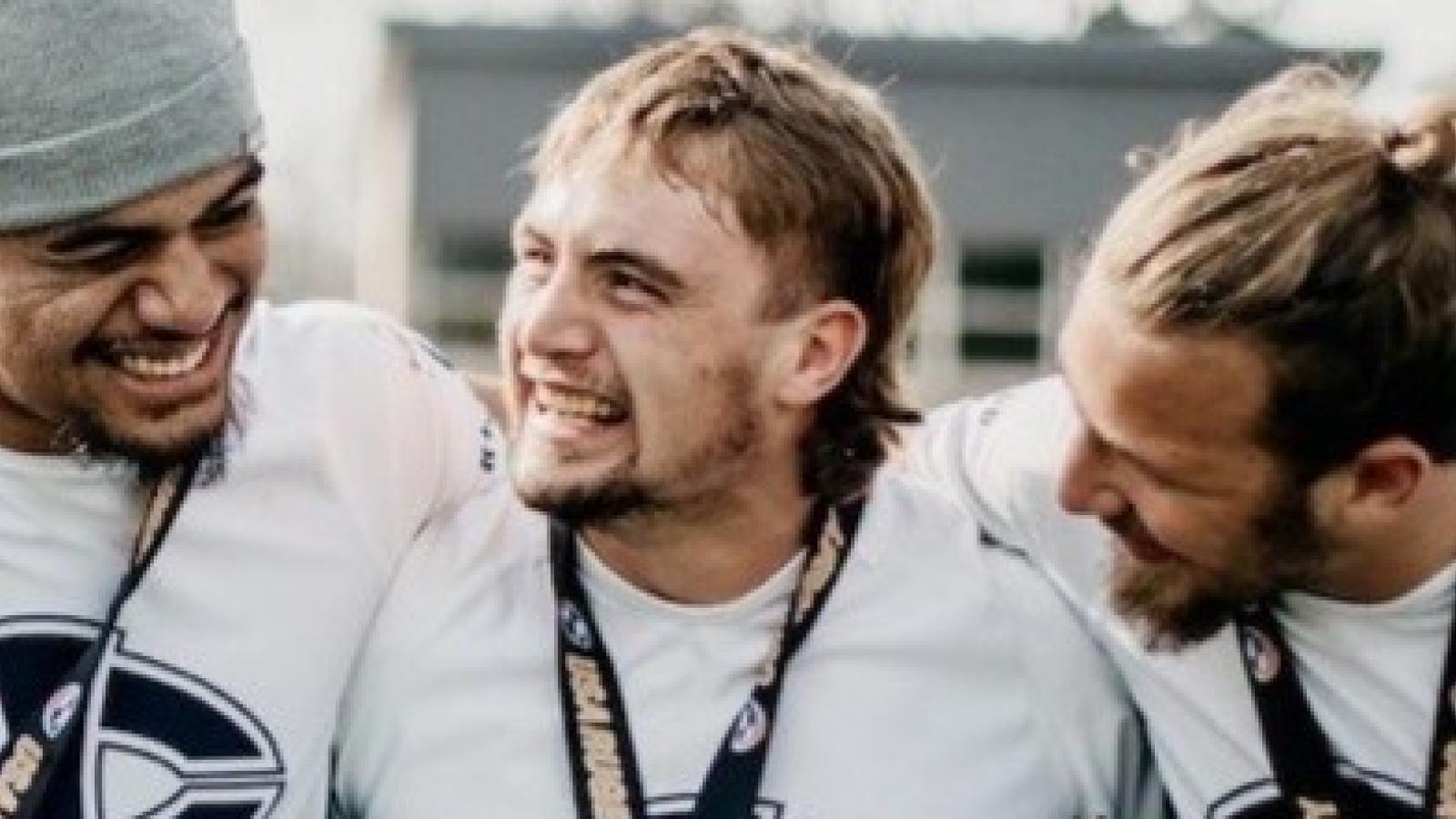Where does DI stand? Everywhere. There are essentially three different competitions being contested at the level above DII, and it’s been a laborious process sorting out who’s playing where. Below is a summary of the competitions and which teams/conferences are competing in them:
DI ELITE is a new championship, and USA Rugby invited eight of the top DI teams in the country to participate in the spring tournament. Teams had to commit at the beginning of the 2015-16 season (only seven are known at this point), so there would be no confusion as to which teams were competing toward the regular DI championship. Participants include:
BYU (Mountain West)
Central Washington (Pacific Mountain North)
Indiana (Big Ten)
Life (Independent)
Lindenwood (Independent)
New Mexico (Mountain West)
Penn State (Big Ten)
The eighth team has yet to be named, but one assumes it’s Stanford. The Pacific Mountain West team has postponed a decision on the DI Elite until new Director of Rugby Josh Sutcliffe has rooted himself in the program. That said, Stanford is the obvious choice and the spring-based team has some time to weigh this decision to join the DI Elite.
VARSITY CHAMPIONSHIP is also a new competition, and as the name implies, is reserved for varsity programs only. The top eight teams (there are currently nine teams eligible for the championship) will compete in the quarterfinals on Nov. 14. Eligible teams include AIC, Army, Brown, Dartmouth, Harvard, Norwich, Quinnipiac, Sacred Heart, West Chester. (Click here for the latest Coaches Poll)
Future implications … The varsity championship came together a little too late for some university athletic departments, but programs like Central Washington and Life have expressed interest in joining the league/title hunt next season. The Varsity Championship is not a USA Rugby event and is administered by the National Women’s Varsity Rugby Coaches Association. That said, varsity teams are not prohibited from competing in USA Rugby championships, but it is an unlikely probability.
DI CHAMPIONSHIP is still a split-season championship. The fall tournament champion will play the spring tournament champion for the national title in May 2016.
The DI Elite and varsity championships have removed many teams from consideration, and as such, the DI fall tournament is starting at the Round of 8, rather than Round of 16 this year. Playoffs begin on Nov. 21-22, and the final will be contested two weeks later at Furman University. Teams from the Pacific Mountain, Mason Dixon, and Florida will populate the spring bracket, and that tournament will culminate on April 22-24.
Other than logistics, little information has been circulated about the DI fall playoffs, and that’s because the match-ups are no longer as simple as “Conference A winner vs. Conference B runner-up,” as in the past. Now, a conference’s representative in the DI playoffs may actually be the league’s third-best team, with the higher-ranked being varsity and/or DI Elite teams. That’s new this season, and so the route to playoffs is also being sorted.
With all that said, the following has been confirmed for the DI quarterfinals:
Midwest #1: Minnesota
Northeast #1: UCONN or Boston College, decided Nov. 7
Mountain West #1: decided on Nov. 14 (excludes BYU, New Mexico)
Play-in: Northeast #2 vs. Ivy #1 non-varsity team (excludes Brown, Dartmouth, Harvard)
Southwest #1: Texas
Presumably, the following are also competing:
Big Ten #1: decided Nov. 8 (excludes Penn State, Indiana)
Northern Illinois: won Illinois but uncertain on automatic bid status
Play-in: MAC #1 Kent State vs. ? (Big Ten #2 possible)
Depending on one’s view, there’s a mix of ramifications. There’s the “good”: More teams are being exposed to post-season play, which means more attention from the school’s club sports and/or athletic departments. The three tiers of DI reflect the widening gap of competitive play, whether the influence of varsity programs or traditionally strong teams staying strong. And in certain cases, the division represents a focus on a particular group’s goal, for instance, achieving full varsity status at the NCAA.
And there’s some “bad,” like diluting what it means to be a national champion. Teams are also getting stuck in the cracks. Notre Dame College had been competing in the varsity league but was later determined to be ineligible for the championship. The Falcons then petitioned for inclusion in the DI fall playoffs, but it’s not looking good for the Ohio side, which elevated itself to DI this season.
It’s unfortunate that a good program might find itself without any post-season options this year, and there's bound to be more causalities. As teams continue to join and leave the various championships, conferences will reorganize, and teams will reacquaint themselves with what lies after the regular season.






